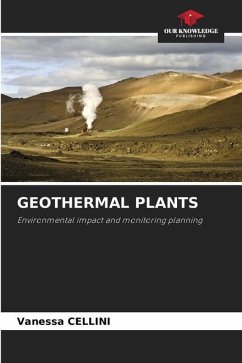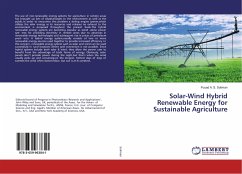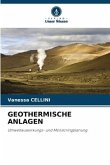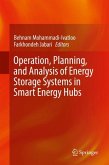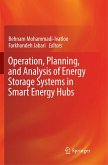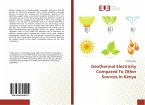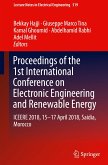Geothermal installations such as all installations that harness subsurface thermal energy for power generation and installations that use only the subsurface as a constant-temperature source of theoretically infinite heat capacity for heating, cooling, and domestic hot water production in buildings cause environmental impacts, sometimes significant. Geothermal energy is considered a renewable resource, but in the present study it will be shown that its exploitation, from an environmental point of view, is not always sustainable. Therefore, assuming that "zero-risk" energy production is impossible, even in the case of renewable energy, proper design, efficient management, and control by authorized public agencies can minimize the impacts of such technologies. Following this logic, the objective of this study was born: to define a possible methodology for planning environmental monitoring of geothermal plants.
Bitte wählen Sie Ihr Anliegen aus.
Rechnungen
Retourenschein anfordern
Bestellstatus
Storno

